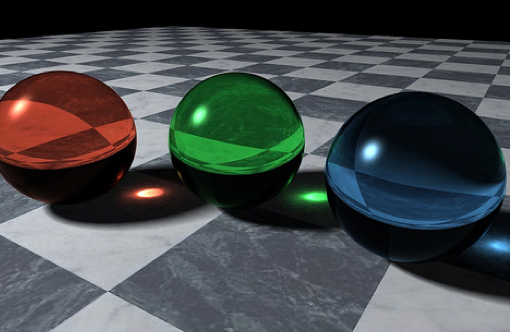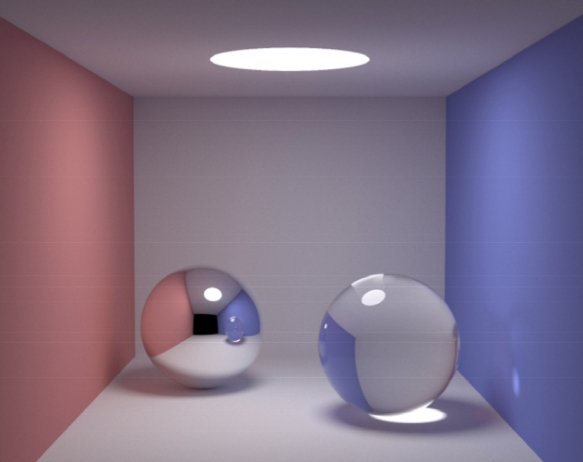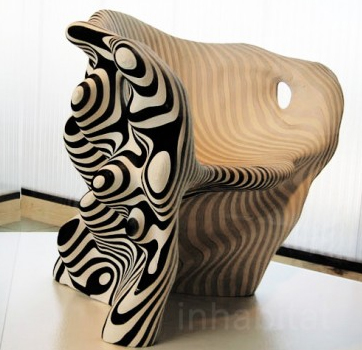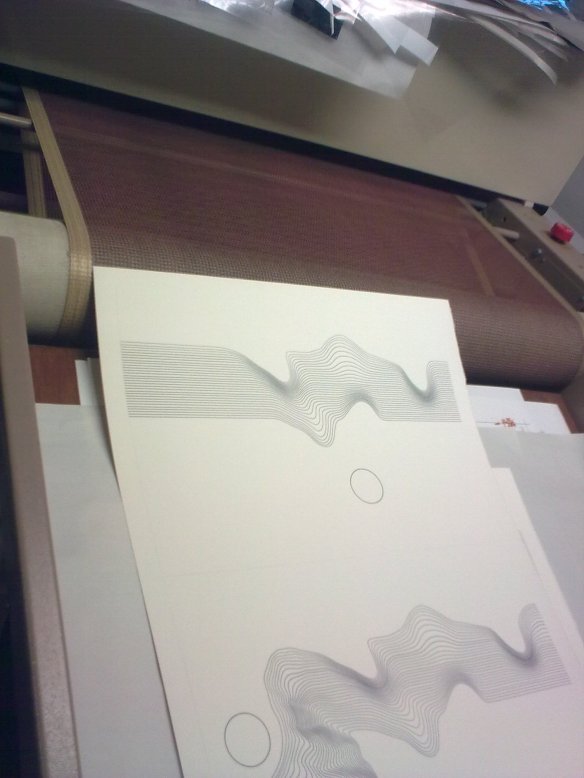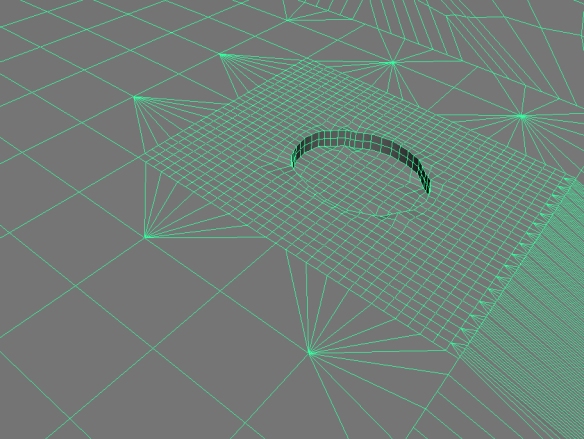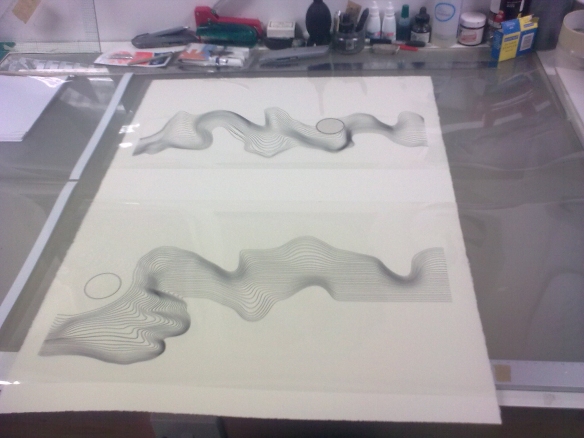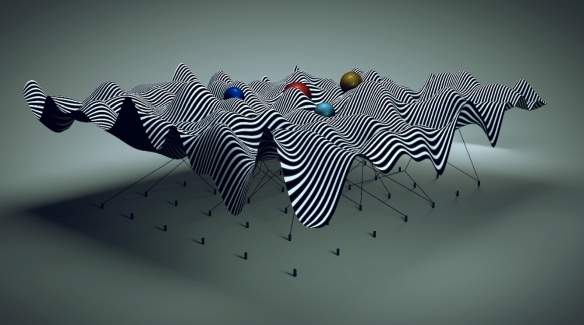Today we discussed how the project was progressing. Paul likes the idea of having several layers to the project i.e. screenprints, a film of the landscape and now an animation of the Wadd landscape, thanks to Link. We have decided on 4 screenprints, which will have a different coloured ball in each one, though each will have a similar tone. We will also make some digital prints from Links motion graphic. Finally we will film the landscape on the computer screen. All in all a productive day, and the project seems to be coming together. See the first separation for a screenprint below.


Paul moved this Photoshop image into Illustrator in order to strengthen some of the lines. A vector based programme is better for this. The resulting image looked better with added contrast.
I also made a flip book prototype (see below) based on the images that were made in Photoshop. During this process, I learned how to batch process a sequence of images which is quite handy to know for the future. The concept worked, but we decided the content wasn’t very exciting for the user, so we won’t take this idea any further.

On a separate note, I have made contact with Graeme Coleman in the computer department, with a proposal for a Masters or honours student to develop an app of the Waddington landscape. There may or may not be someone willing to take this on as a project but it is worth a shot.
We also discussed an idea I had to make a small book from this blog using the Blurb software that can be downloaded for free. It would make a nice memento of the project and would allow me to have all the resources I have gathered over the time on the placement in one place for future reference.

